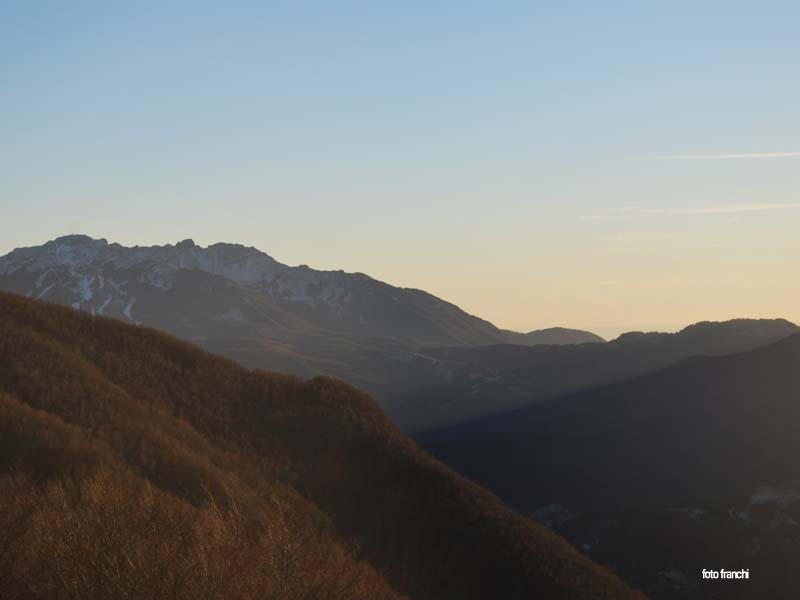A lesson of how the Park came to be!
Early Ages: Ligurians were the first people to settle in the region. They were commonly found in northwest Italy, where they built the area's first villages. The Ligurians were shepherds that lived off the mountainous terrain, and relied on the land for survival.
Roman Empire: In 187 BC, while expanding their empire, the Romans were able to conquer the land between Parma and Lucca through vicious wars. This region was pivotal due to its location between the sea and Po Valley. Controlling this land made it easier to be connected to the rest of Europe and their empire. Once in control of the land, the Romans began to colonize the area forming the Port of Luni. The roads, which the Romans controlled, were important for both commercial and military purposes because they provided easy access to the sea.
Middle Ages: The collapse of the ancient Romans sparked the age of diminishing populations, invasion and spiritual pilgrimages. Existing Roman roads became passageways for pilgrims to travel great distances in order to reach Rome or Jerusalem. Via Francigena was the most well known route that passed through the Park. Thousands of pilgrims used this road to make their way from Canterbury, England to Rome, Italy and cross the Apennine Mountains.
Matilde of Canossa (1076): During her reign as a powerful feudal ruler in northern Italy, the present-day territories of the Park became the heart of Matilde of Canossa's kingdom. From 1076 to 1115, she ruled over the Lombardy, Emilia-Romagna, and Tuscany regions. Matilde sponsored chestnut growing in the TEA Park, and built castles, churches and hostels for travelers that you can still see today.
XII-XIX Century: Italy's territories were very unstable during this time period. Most of rulers at the time wanted to control the roads to Rome. As a result, the land was split in several small duchys and fiefs, whose rulers could abruptly change from one year to another.
1861-1939: In 1861, Italy became unified and the region of the Park was under one country for the first time in centuries, however, a new kind of trouble awakened. As the population started to grow, poverty expanded. Eventually this forced families to flee the Park's lands to France, U.S., Argentina, Brazil, and Australia in search of a better life.
WWII: In the first part of World War ll, the Park's mountains provided cover and became a safe place for the Italian people to flee. Towards the end of the war, in 1943, the establishment of a German defensive line, known as the Gothic Line, divided the Park and Italy into two sides. Nazi Germany controlled the north and the Allies controlled the south. This resulted in a two-year civil war where the resistance of Nazi Germany and Italian Social Republic fought the Allied forces and Partisans. This left an impact on the Park due to the men being off at war and nature taking over neglected farm fields. WWII was extremely harsh on the residents of the Park as the Nazi troops committed massacres of civilians and at the end of WWII, misery spread across the park..
1950-1960: At the end of the World War ll, the people of the National Park took part in a massive emigration movement in search of work and resources in larger cities such as Parma, Milan, and Rome. Villages and lands were abandoned as there was nothing left for the people to live on.
1960-2001: The populations of the Park continued to diminish, leaving no one to farm and allowing nature and wildlife to take over the lands. However, amongst those that stayed were smaller scale century old farms that lived side by side with nature. Due to the historical past and centuries of practice, the unique bond between man and nature was recognized.
2001-Present: The Park was granted the title of a national park in 2001 because of its location in the Apennine Mountains, the diverse wildlife that resides and the unique history and culture that remains in this area. On June 9th, 2015, the Tuscan-Emilian Apennine (TEA) National Park was awarded the recognition of being a MaB UNESCO site.









